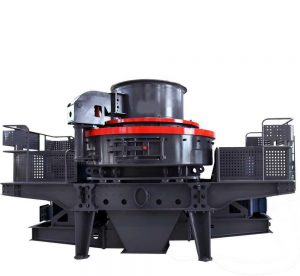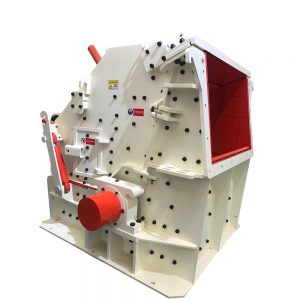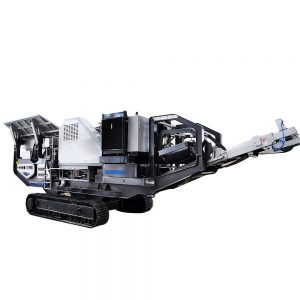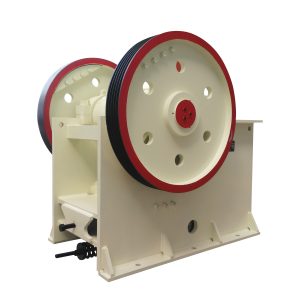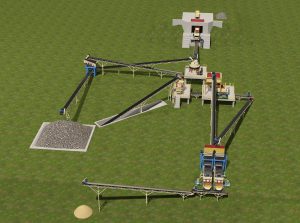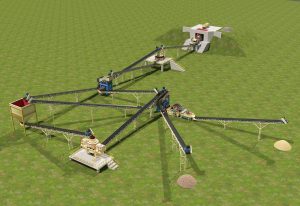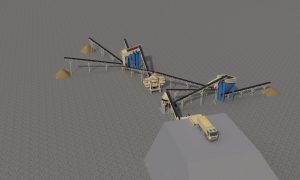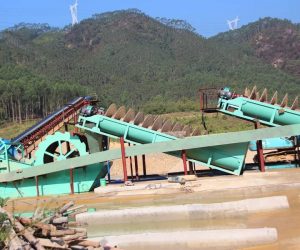Understanding the Fluorite Sand Production Process
Fluorite, calcium fluoride (CaF₂), is an essential mineral in various industrial applications. Its versatility stems from unique properties that make it valuable in metallurgy, chemicals, glassmaking, and ceramics. This blog will delve into the fluorite sand making process, the necessary equipment, the characteristics, and an overview of a typical production process flow.
What is Fluorite Sand?
Fluorite sand is a finely processed form of fluorite that has undergone crushing and refinement to achieve specific particle sizes. It is predominantly composed of calcium fluoride and is characterized by its high purity, making it suitable for numerous industrial applications, including:
- Metallurgy: Used as a flux to lower the melting point of raw materials during steelmaking.
- Chemical Industry: Serves as a key source of fluoride for producing hydrofluoric acid and other fluorine compounds.
- Glass and Ceramics: Enhances the properties of glass and ceramics, improving strength and thermal resistance.
Characteristics of Fluorite Sand
Fluorite sand possesses several key characteristics that make it particularly valuable in industrial applications:
- High Purity: It typically contains a high percentage of CaF₂, often exceeding 95%. This purity is critical for applications requiring minimal impurities, such as metallurgy and glassmaking.
- Chemical Stability: Fluorite is chemically stable and resistant to acids and bases. Its inert nature ensures it does not react adversely with other materials during processing or application.
- Low Melting Point: Fluorite is used as a flux in metallurgy, facilitating the melting of other materials and improving energy efficiency in industrial processes.
- Versatile Particle Size: Fluorite sand can be processed to achieve specific particle sizes, allowing it to meet the diverse requirements of different industries.
- Environmental Benefits: It can be used in water treatment processes, helping to remove impurities and enhance water quality.
Fluorite Sand Making Process
The fluorite sand process involves several stages that ensure the final product meets industry standards. The typical production process flow is as follows:
Vibrating Feeder
The process begins with a vibrating feeder that evenly supplies fluorite ore into the jaw crusher. This equipment ensures a consistent material flow, optimizing the subsequent crushing stages.
Jaw Crusher
In this stage, the jaw crusher serves as the primary crushing equipment. It reduces the size of the fluorite ore to manageable pieces, typically down to around 100 mm. This initial reduction is crucial for preparing the material for further processing.
Impact Crusher(or Cone Crusher)
Following the jaw crusher, the impact crusher performs secondary crushing. It reduces the particle size further to 5-30 mm, depending on the specific requirements of the end product. The impact crusher utilizes high-speed impact forces to break down the material efficiently. This stage is essential for achieving the desired particle size distribution.
Vibrating Screen
After the impact-crushing stage, screen the material with a vibrating screen. This equipment separates fine particles from larger ones, ensuring the desired size. The vibrating screen is adjustable to produce different sizes of fluorite sand based on market demands.
Belt Conveyor
Finally, Transport the processed fluorite sand to storage or packaging using conveyors. This step streamlines the workflow and minimizes manual handling, enhancing overall efficiency and safety in the production process.
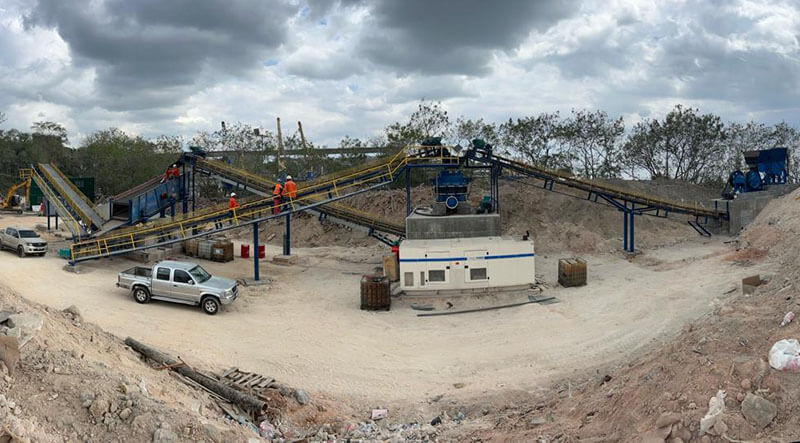
Additional Processing Techniques
While the above steps outline the basic process of making fluorite sand, additional processing techniques may be employed to enhance the quality of the final product:
- Washing: Depending on the source of the fluorite ore, washing may be necessary to remove impurities and contaminants. This step ensures that the final product is of the highest quality and purity.
- Drying: After washing, the fluorite sand may need to be dried to remove excess moisture. This is particularly important for applications where moisture content can affect the sand’s quality or performance.
- Grinding: In some cases, further grinding may be required to achieve finer particle sizes or to tailor the particle distribution for specific applications.
Cases of 100 TPH fluorite sand-making plant
The 100 TPH fluorite sand-making plant is designed to process fluorite ore into high-quality sand. The production process involves several key stages, each contributing to the overall efficiency and quality of the final products.
100tph Fluorite sand making plant process
- The process begins with the vibrating feeder, which distributes the fluorite ore evenly into the jaw crusher. This equipment ensures a consistent material flow, optimizing the crushing process and maintaining a production rate of 100 tons per hour (TPH). Next, the jaw crusher crushes the fluorite ore to approximately 100 mm. This initial reduction is crucial as it prepares the material for secondary processing by breaking it into manageable pieces.
- Following the jaw crusher, feed the material to the impact crusher for secondary crushing. This stage utilizes high-speed impact forces to further reduce the particle size to between 5 mm and 30 mm, depending on the specific requirements for the final products. The good performance of the impact crusher is essential for achieving the desired particle size distribution.
- After the impact-crushing stage, the material is passed through a vibrating screen. This equipment separates the crushed material into different size fractions, ensuring that each size specification meets industry standards. The vibrating screen produces four final product specifications: 0-5 mm, suitable for ceramics and fillers; 5-10 mm, ideal for glassmaking; 10-15 mm, which can be used in construction applications; and 15-30 mm, which consists of larger particles for specific metallurgical processes. This separation is critical for ensuring the versatility of the final product.
- Finally, the processed fluorite sand is transported by a conveyor system. The conveyor moves the different size fractions to storage or packaging areas, streamlining the workflow and minimizing manual handling. This automated handling enhances overall efficiency in the production process.
In summary, the 100 TPH fluorite sand-making plant effectively processes fluorite ore into high-quality sand through a well-structured process comprising five key stages: vibrating feeder, jaw crusher, impact crusher, vibrating screen, and conveyor. The plant produces four final product specifications—0-5 mm, 5-10 mm, 10-15 mm, and 15-30 mm—ensuring the versatility needed for various industrial applications. This comprehensive approach positions the plant as a reliable source of fluorite sand in the competitive market.
Conclusion
The fluorite sand-making process is a critical operation that transforms raw fluorite ore into a valuable industrial product. By utilizing the right equipment and following a well-structured production flow, companies can efficiently produce high-quality fluorite sand to meet the diverse demands of various industries. With its unique features and advantages, fluorite sand continues to be an essential material in modern manufacturing processes. Investing in the appropriate technologies and processes will enable businesses to enhance their production capabilities and achieve long-term success in the market.
As the demand for fluorite sand grows, companies must stay informed about technological advancements and market trends, ensuring they can adapt and thrive in a competitive landscape. With careful planning and execution, the fluorite sand-making process can lead to significant benefits, both economically and environmentally.
Eastman is a professional mining equipment manufacturer with 38 years of rich experience in the mining construction industry. We can also provide lab equipment. Welcome to consult our professional team to get factory prices. According to your situation and product requirements, we will design a complete sand-crushing production line flow chart and provide an accurate quotation.
